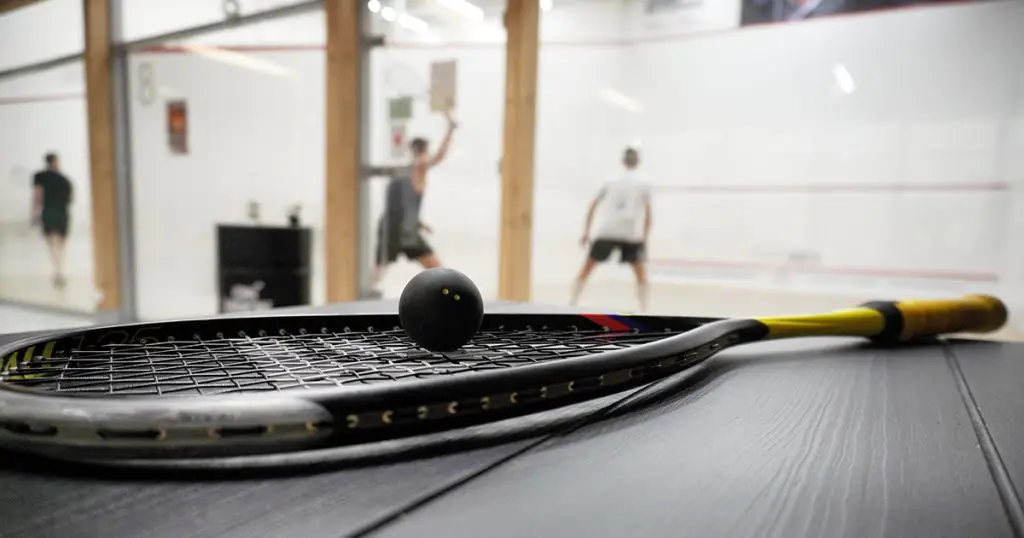24 October, 2022

We are slowly getting back to in-person court appearances in many jurisdictions. In London, family court conferences and trials are, for the most part, now in person. Other types of appearances remain virtual. This piece discusses strategies to manage the emotional and safety challenges of in-person appearances in family court where family violence is an issue.
Our family court system is not designed to take into consideration the post-traumatic mindset of spouses who are going through a separation in cases involving family violence. This is particularly true for self-represented litigants.
Imagine this:
You walk up to the courthouse. The first thing you must do is wait in line to go through security. You will likely need to turn over your bag to be searched or scanned by police at the entrance. You may be waiting in line near your ex if you both arrive at the same time.
You will then head to the waiting area near your assigned courtroom. Again, you will likely be in that waiting area with your ex. Some waiting areas can be quite small, while other courthouses have enough space that you can be on the other side of a floor.
If you don’t have your own lawyer, and if you will financially qualify, you may want to meet with Duty Counsel. Since Covid, Duty Counsel offices run at lower capacity, with some courthouses only having one Duty Counsel in person at a time. This may mean that if your ex wants to speak to Duty Counsel as well, you won’t both be able to in person on the same morning because of the conflict of interest rules.
In the courtroom, you will be seated within a few feet of your ex. You will likely have to discuss difficult subjects about your relationship and your feelings about your ex’s behaviour or abilities as a parent (if kids are involved).
This difficult subject matter can be triggering to an abusive spouse. They have just sat through a court appearance where nasty things were said about them and they likely don’t agree. This means that leaving the courthouse and walking to your car or bus stop can be a scary time.
Access to justice
Things you can do to mitigate these situations:
- Contact Duty Counsel in advance to make an appointment.
- Take a friend or family member. They may not be able to come into the courtroom with you, but they can help you feel safer coming into the courtroom, leaving the courthouse afterward, and waiting in the waiting area.
- Access the Family Court Support Worker. This is a free service with individuals highly trained in working with survivors of family violence and in the family court system. Anova women’s shelter offers details about the Family Court Support Worker Program.
- Retain a family lawyer with experience in family violence. An experienced lawyer will help prepare you on what to expect and plan for court appearances.
Family Lawyers at Harrison Pensa are trauma-informed, highly experienced in working with victims of family violence, and committed to furthering the goals of Access to Justice.





